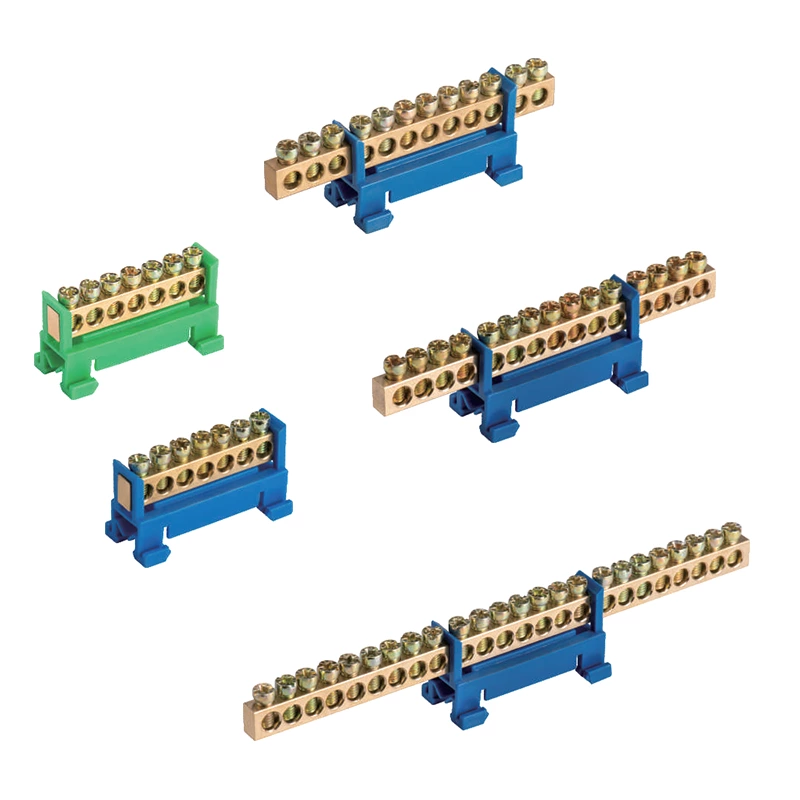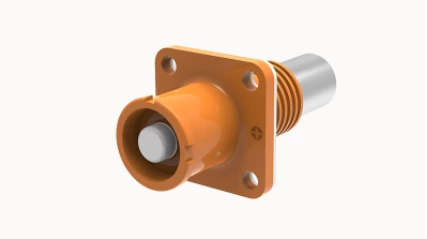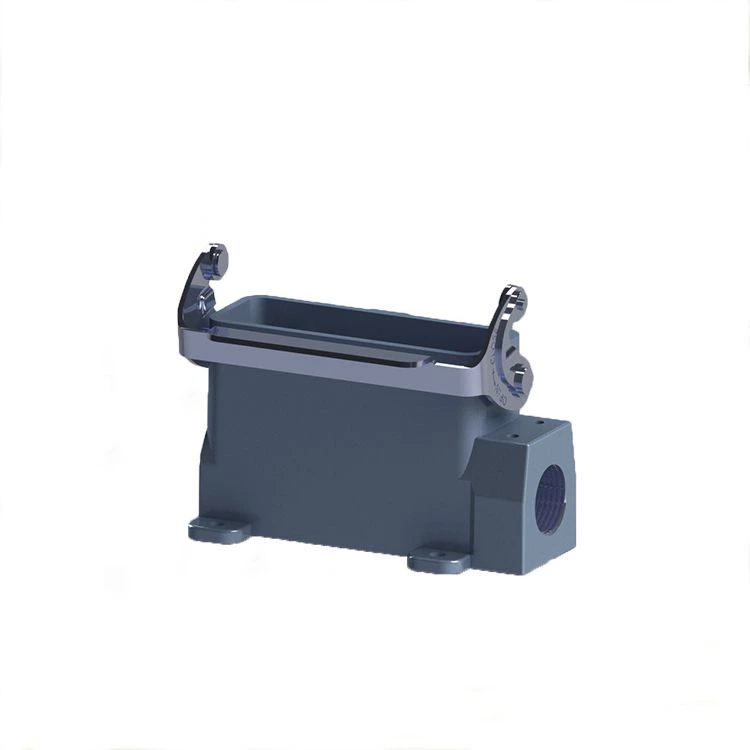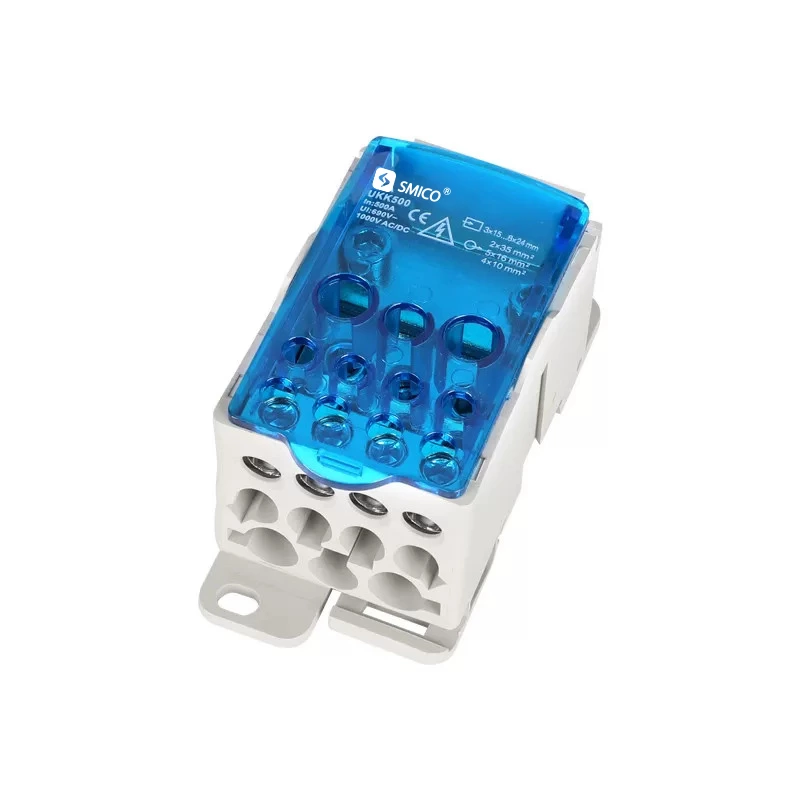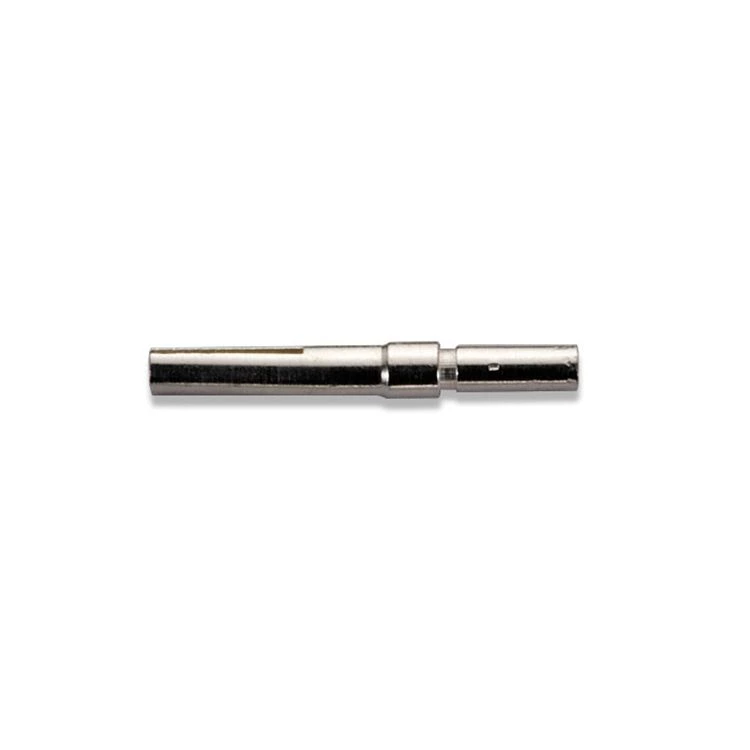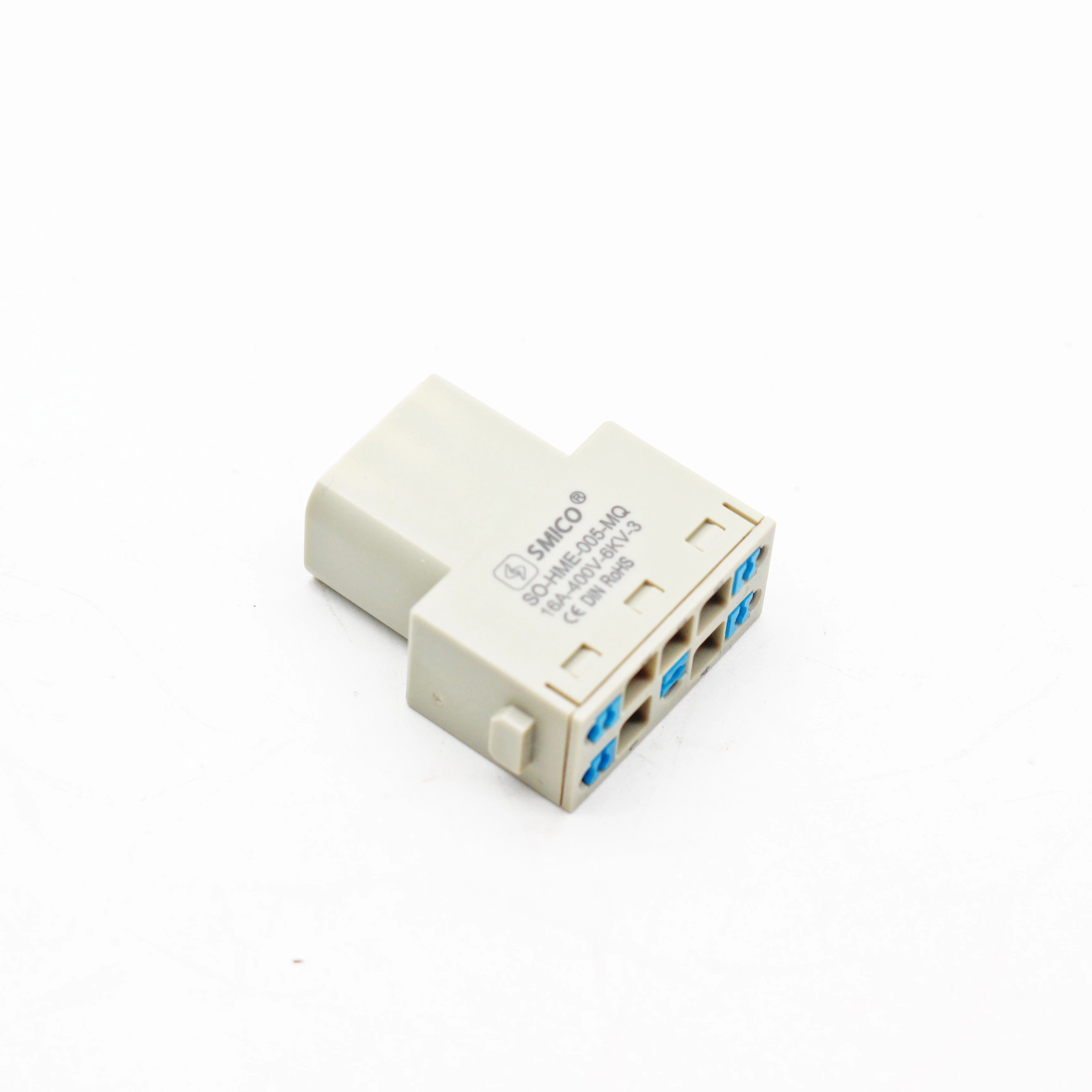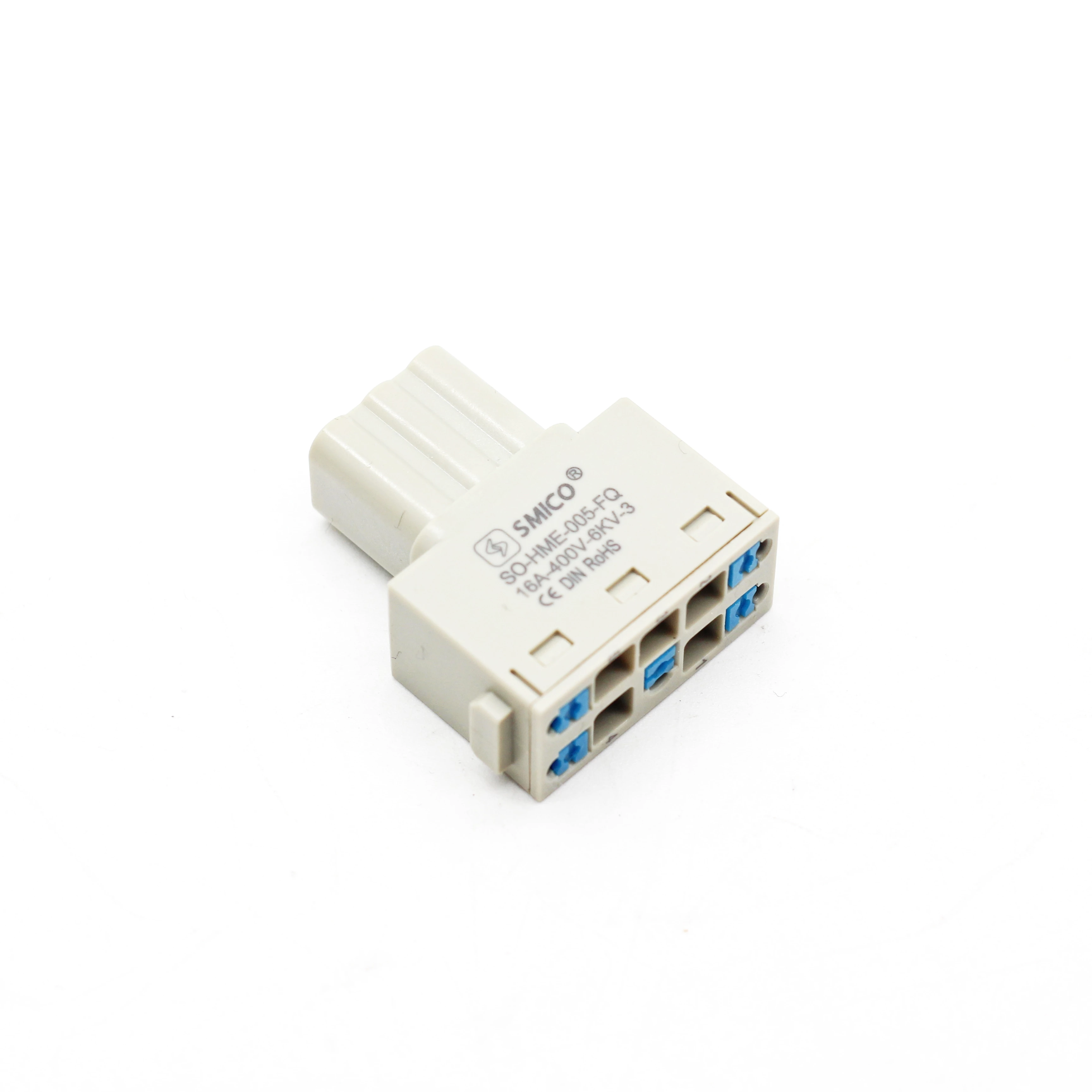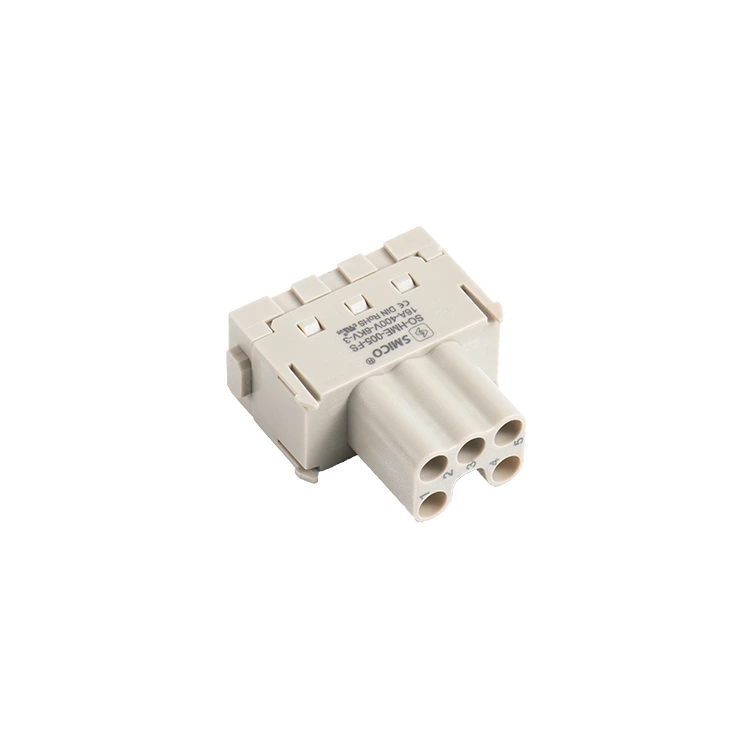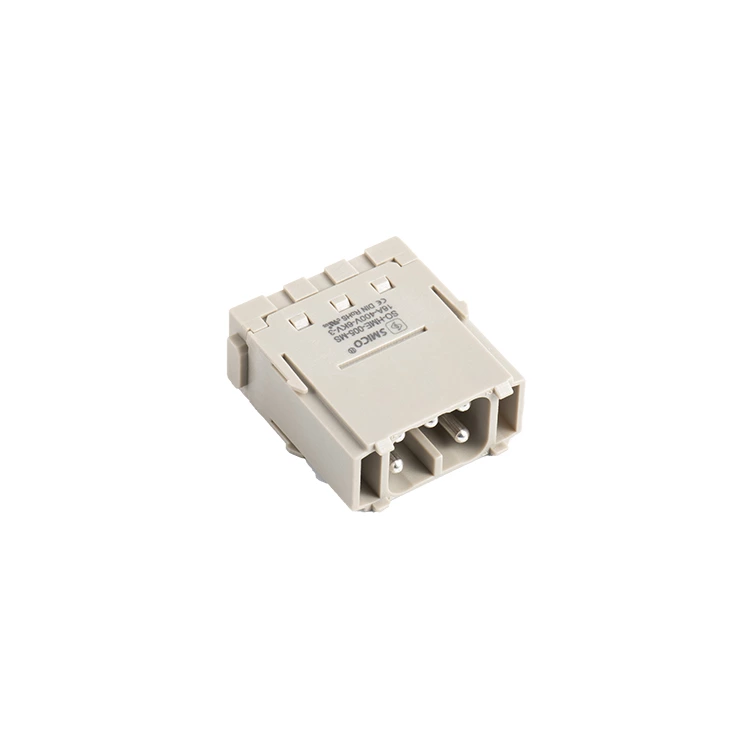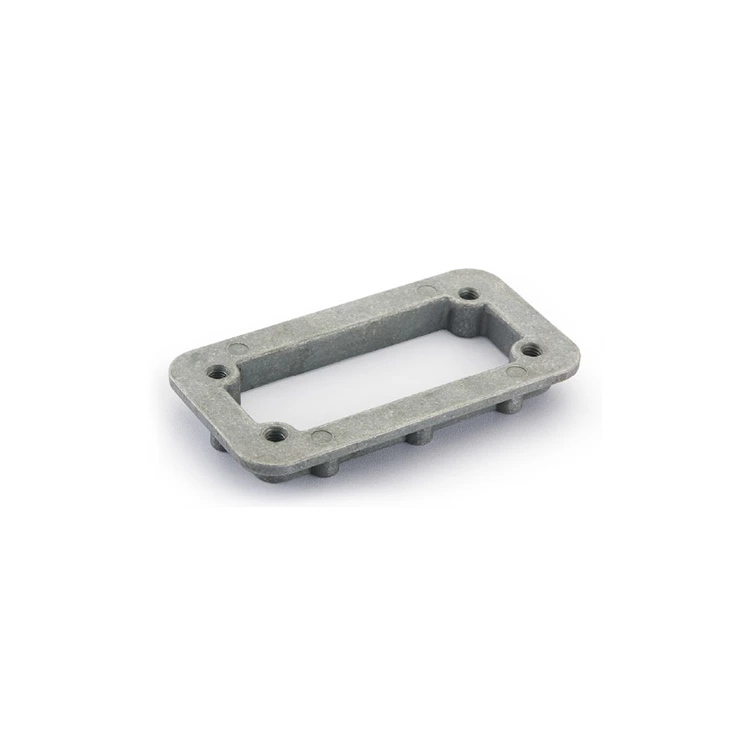Basic Performance Classification Of Copper Terminal Blocks
The basic performance of copper terminal block can be divided into three categories: mechanical performance, electrical performance and environmental performance.
1. Mechanical performance In terms of connection function, plugging and unplugging force is an important mechanical performance. Plug-in force is divided into plug-in force and pulling force, and their requirements are different. There are provisions for large insertion force and small separation force in the relevant standards, indicating that the insertion force should be small, but if the separation force is too small, it will affect the reliability of contact.
Another important mechanical characteristic is the mechanical life of copper distribution block. Mechanical life is actually a durability indicator, which is called mechanical operation in GB5095. It takes one plug-in as a cycle, and judges whether copper terminal strip can normally complete its connection function after the specified plug-in cycle.
The insertion force and mechanical life of the connector are related to the coating quality of the contact part of the contact structure and the dimensional accuracy of the contact arrangement.
2. Electrical performance The main electrical properties of the connector include contact resistance, insulation resistance and electrical strength.
① Contact resistance High-quality electrical connectors should have low and stable contact resistance. The contact resistance of the connector ranges from a few milliohms to tens of milliohms.
②Insulation resistance is an indicator of the insulation performance between the contacts of the electrical connector and between the contacts and the shell, and its size ranges from hundreds of megohms to tens of megohms.
③Electrical strength, or withstand voltage and dielectric withstand voltage, is the ability of the contacts of the connector or between the contacts and the shell to withstand the rated test voltage.
④Other electrical properties.
Electromagnetic interference leakage attenuation is to evaluate the electromagnetic interference shielding effect of the connector, and electromagnetic interference leakage attenuation is to evaluate the electromagnetic interference shielding effect of the connector, which is generally tested in the frequency range of 100MHz~10GHz.
For RF coaxial connectors, there are also electrical indicators such as characteristic impedance, insertion loss, reflection coefficient, and voltage standing wave ratio. With the development of digital technology, a new type of connector, namely high-speed signal connector, has emerged in order to connect and transmit high-speed digital pulse signals. Correspondingly, in terms of electrical performance, in addition to characteristic impedance, some new electrical indicators have also emerged, such as crosstalk hysteresis.
3. Environmental performance Common environmental performance includes temperature resistance, moisture resistance, vibration and impact.
① Temperature resistance The current working high temperature of the connector is 200℃ and the low temperature is -65℃. When the connector is working, the current generates heat at the contact point, causing the temperature to rise. Therefore, it is generally believed that the operating temperature should be equal to the sum of the ambient temperature and the temperature rise of the contact point. In some specifications, the allowable high temperature rise of the connector under the rated working current is clearly specified.
